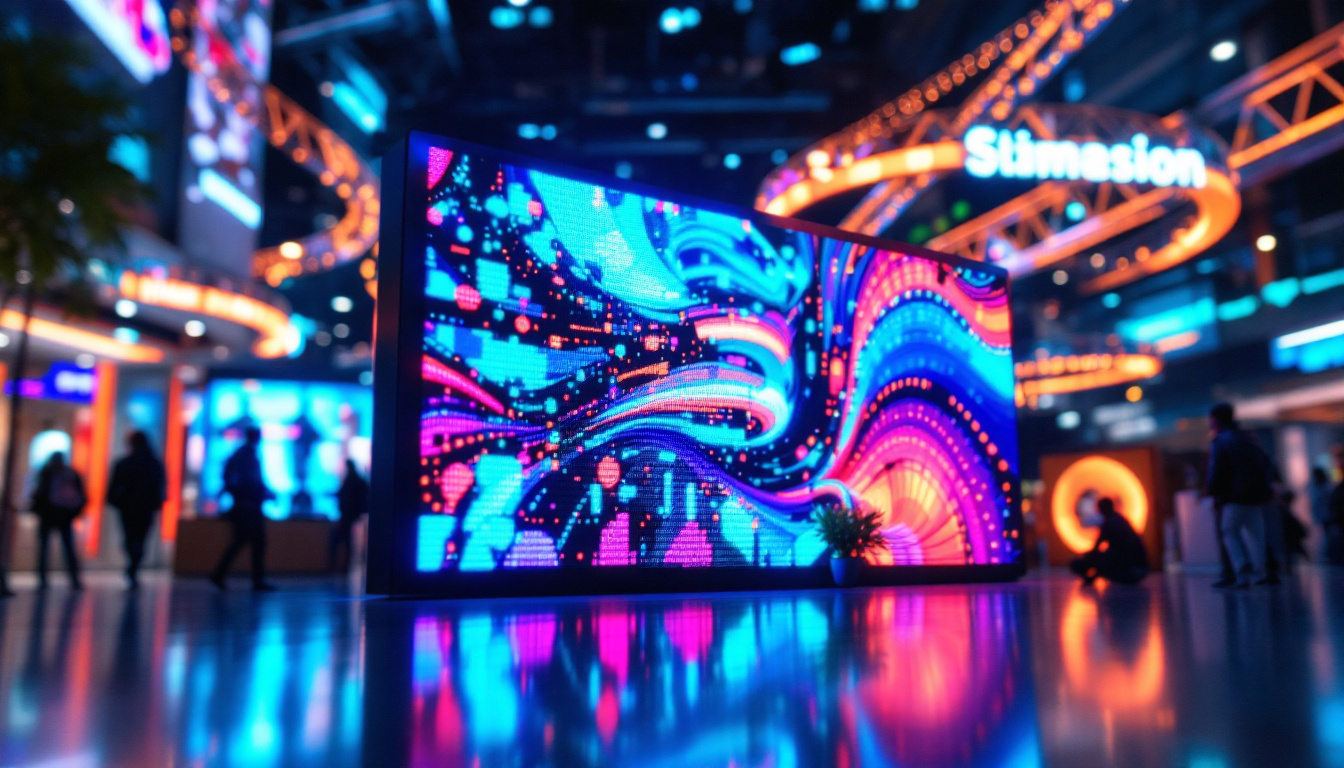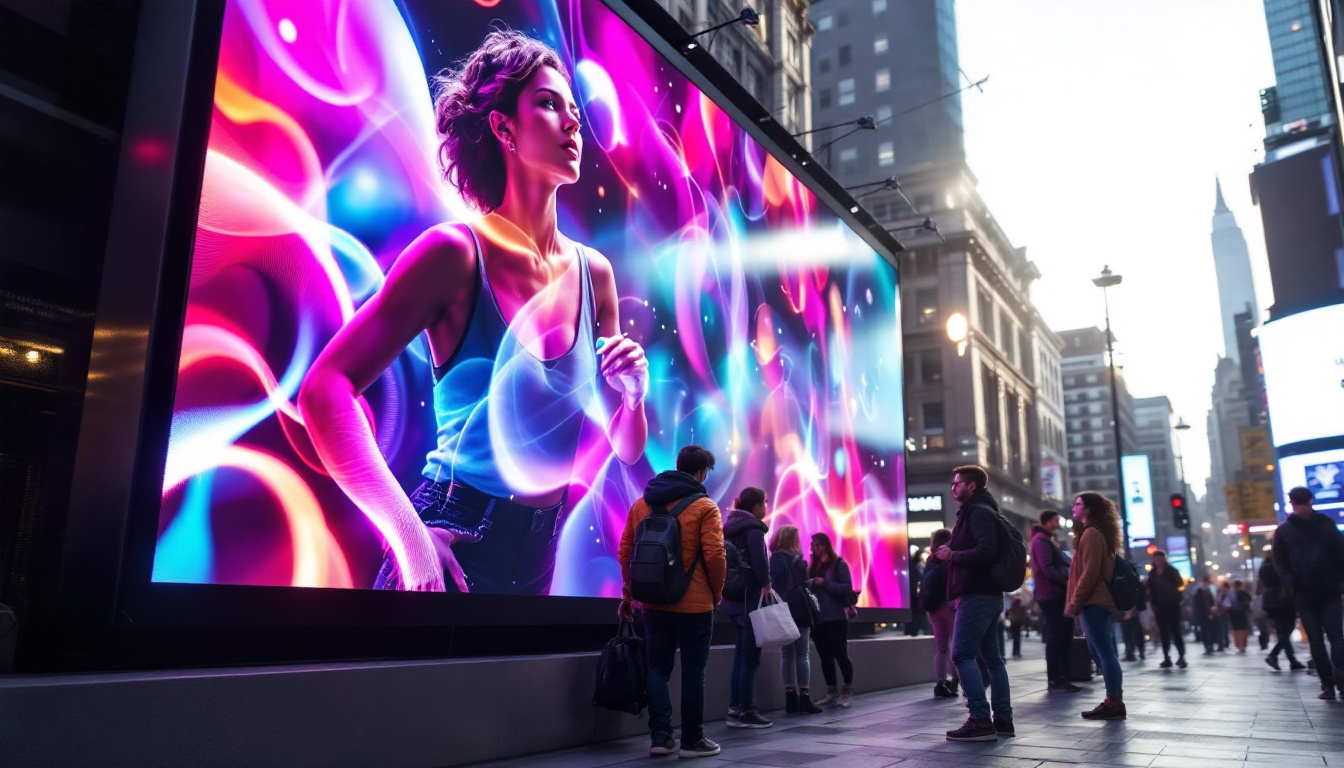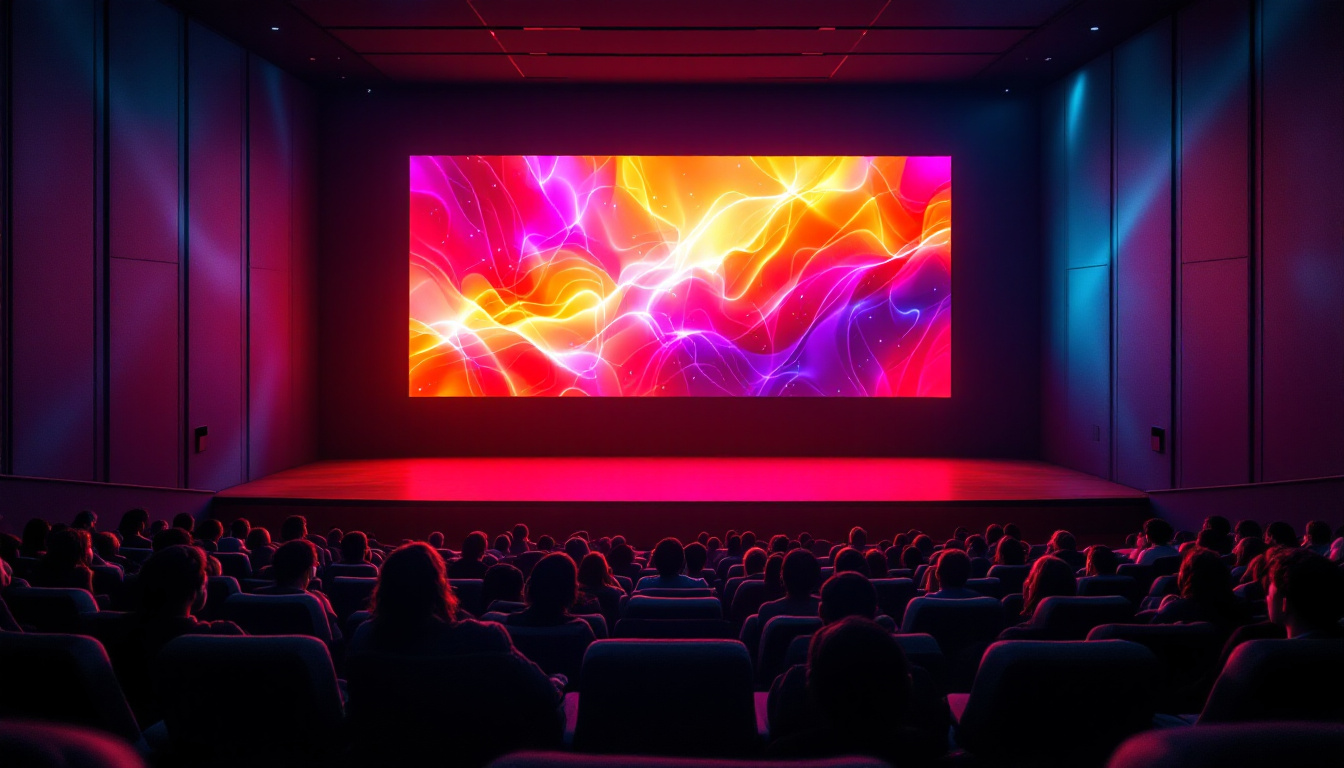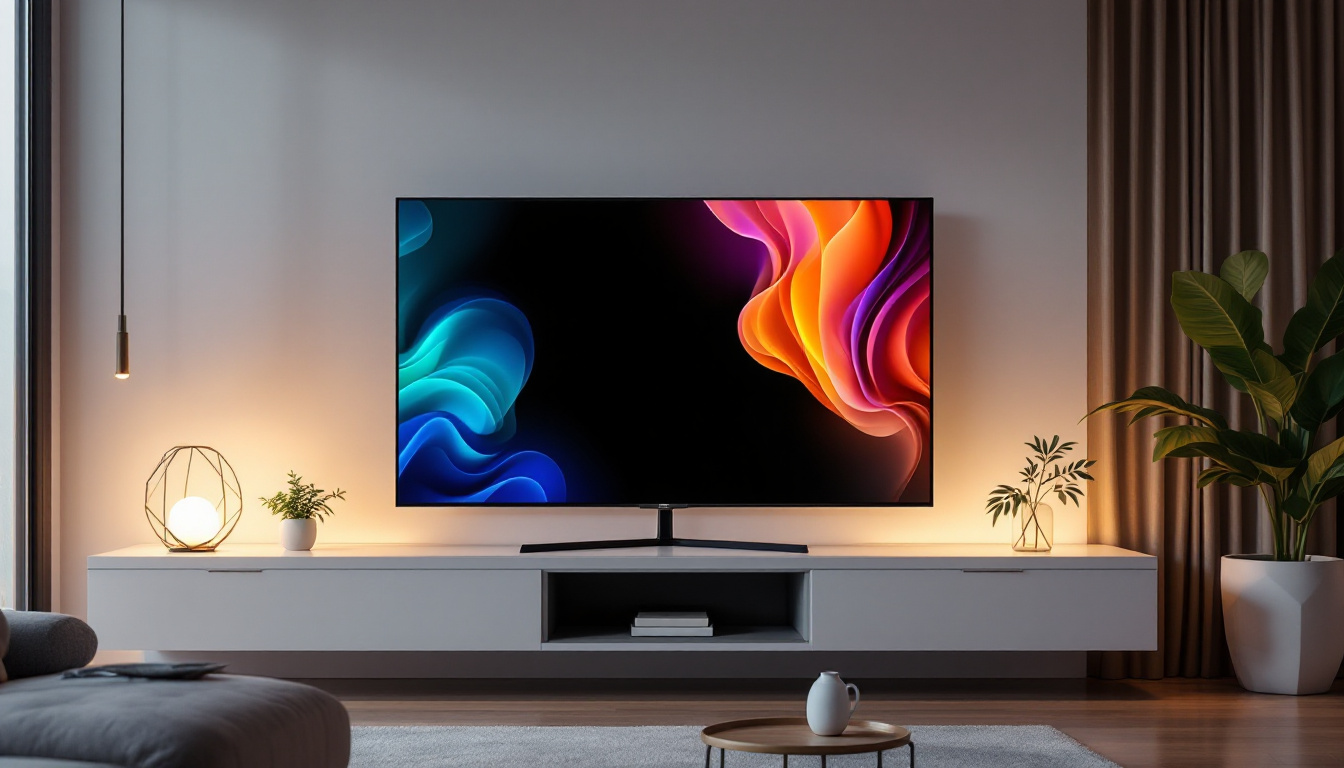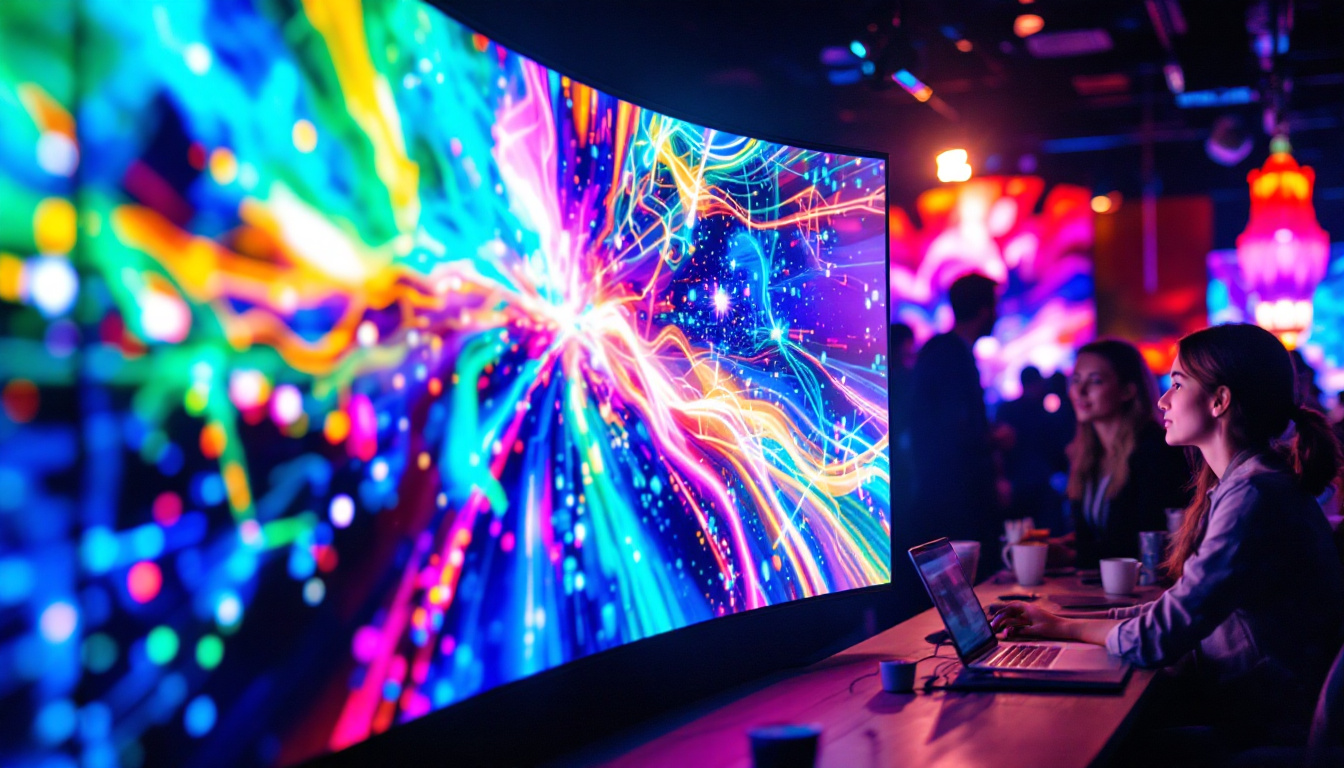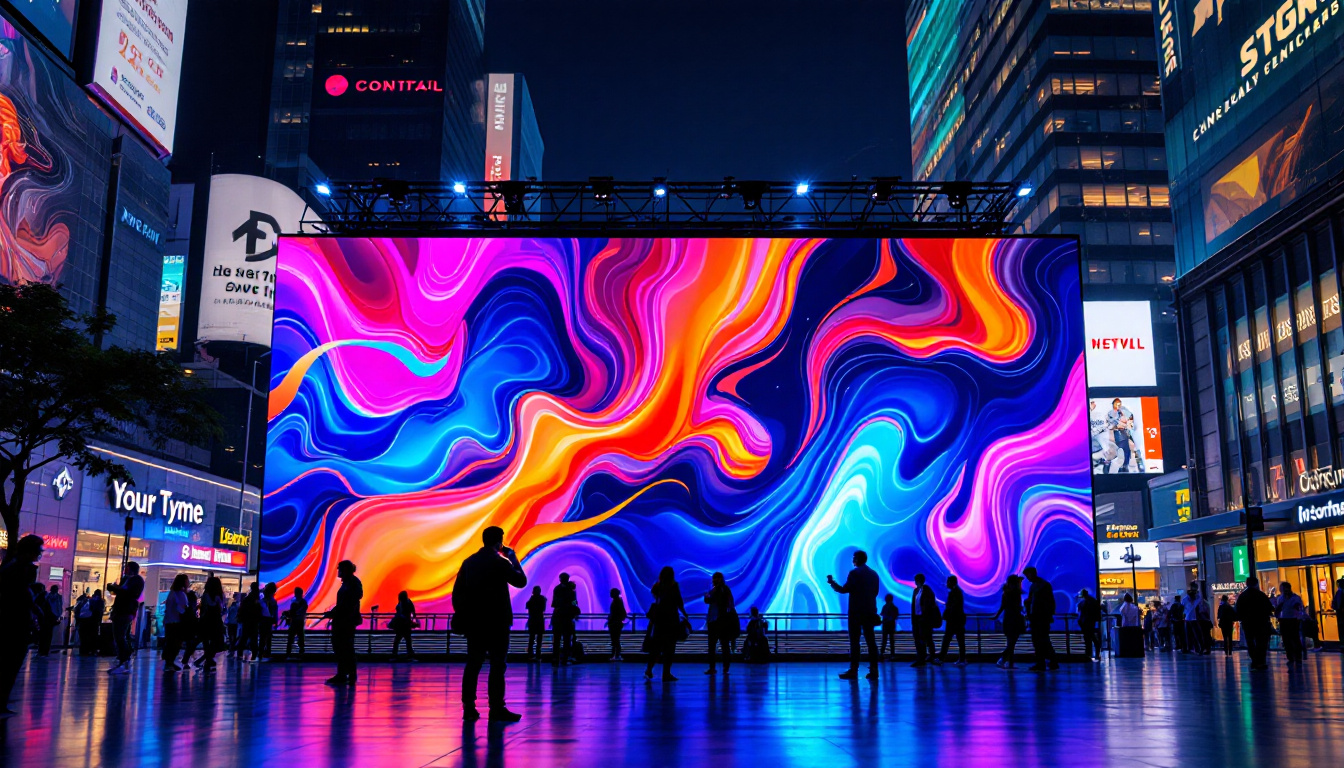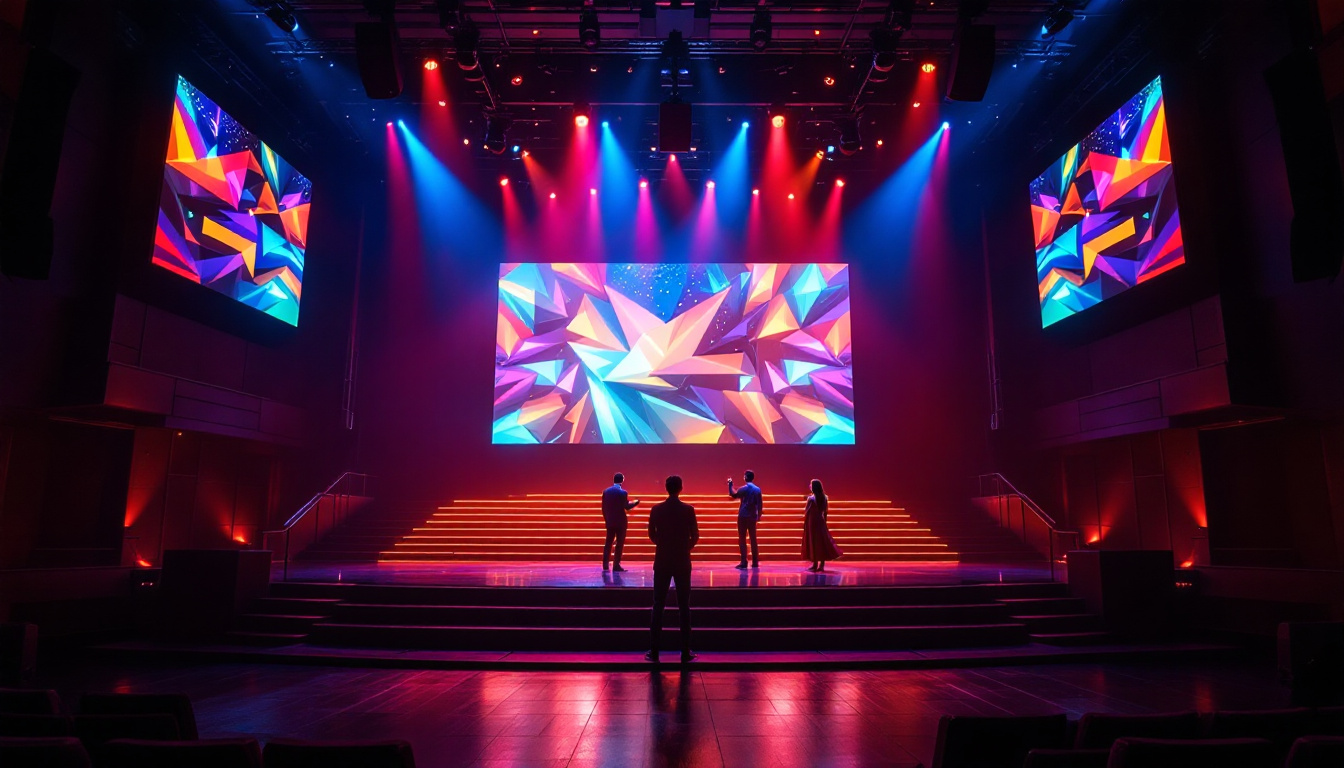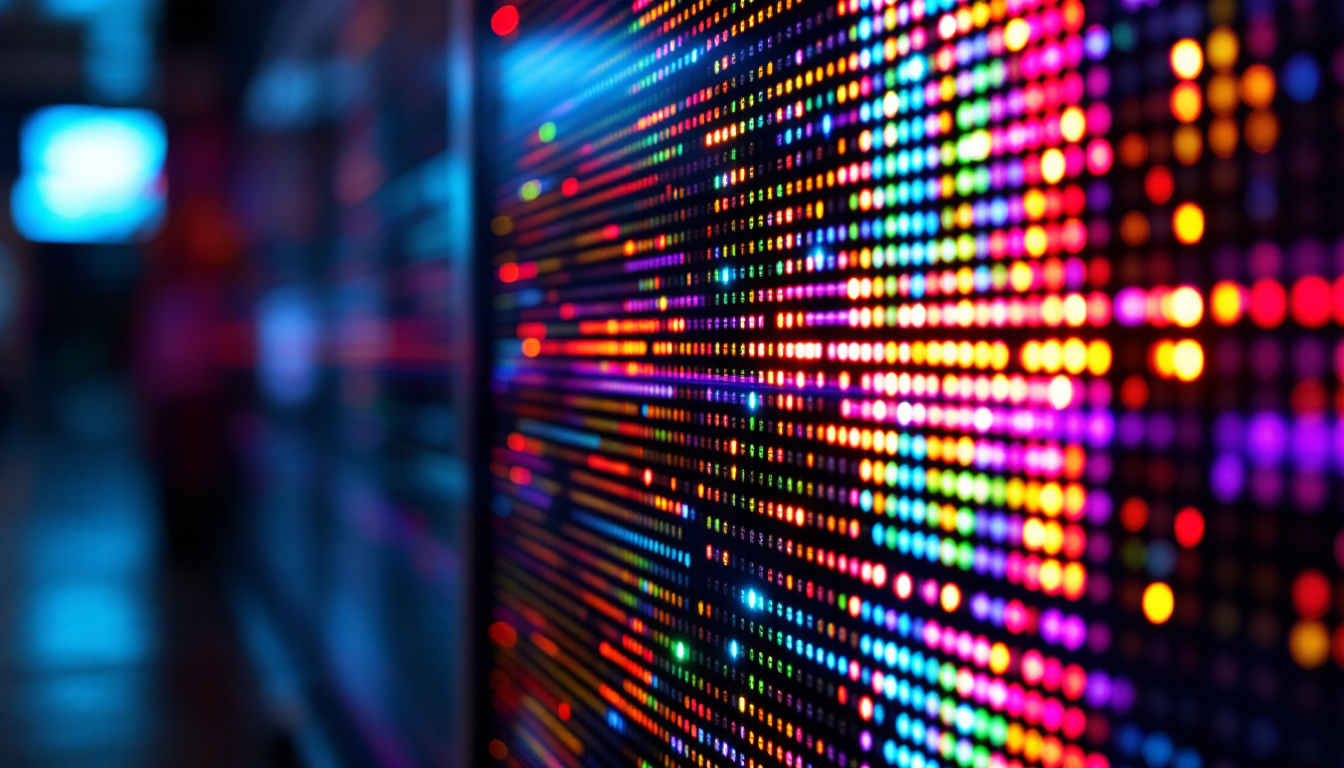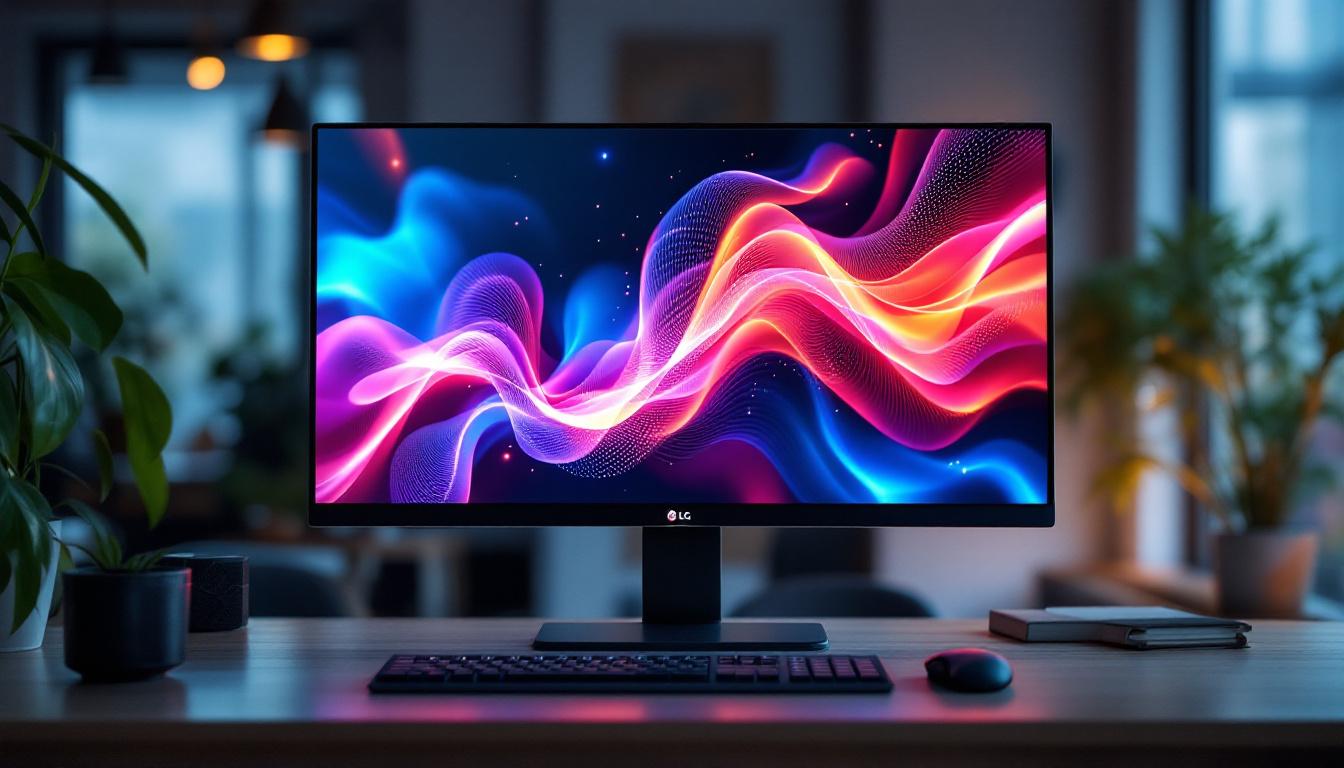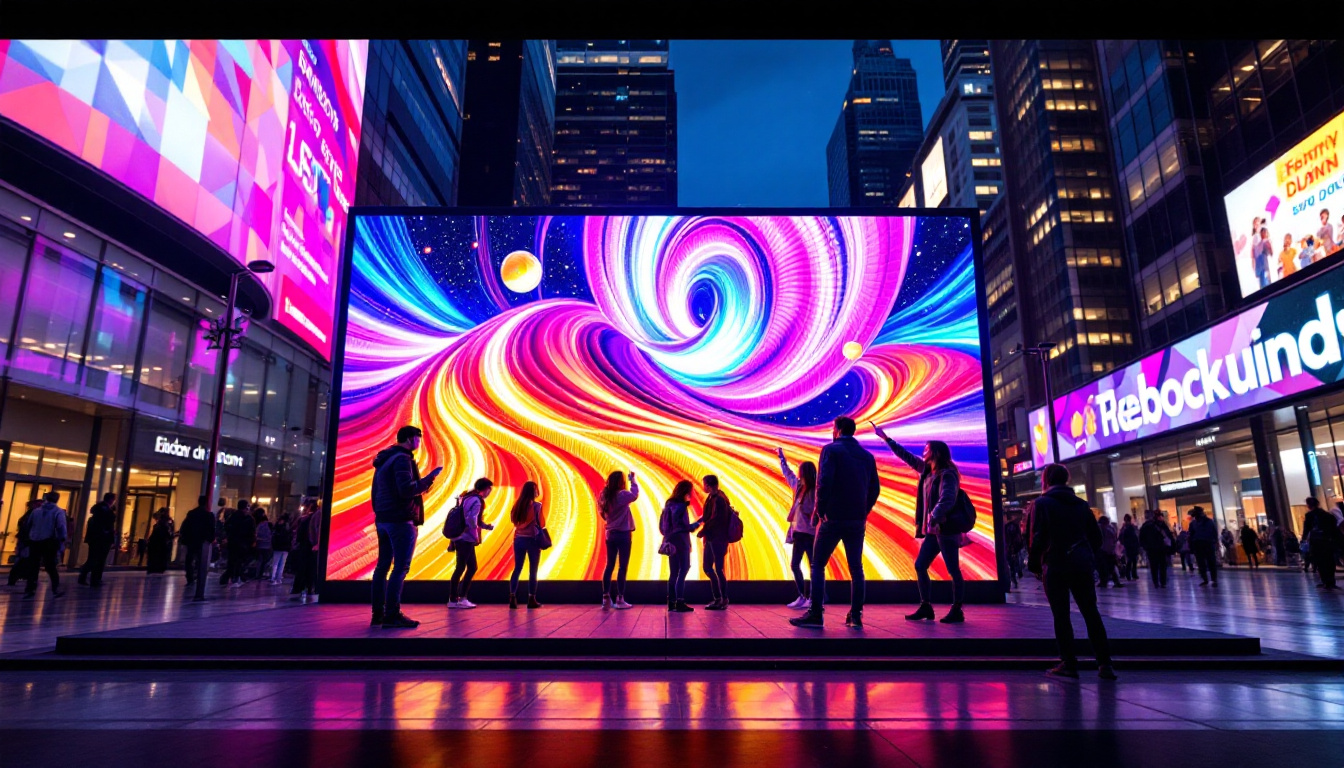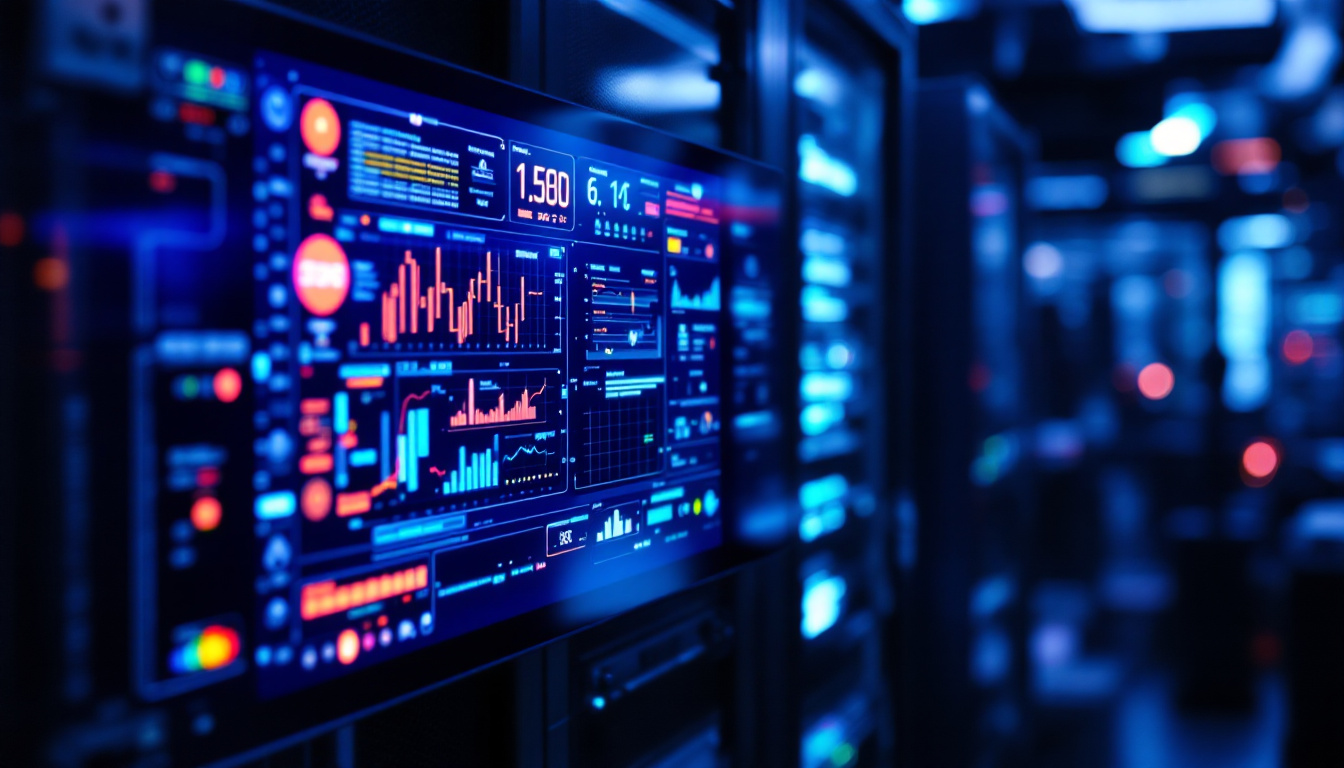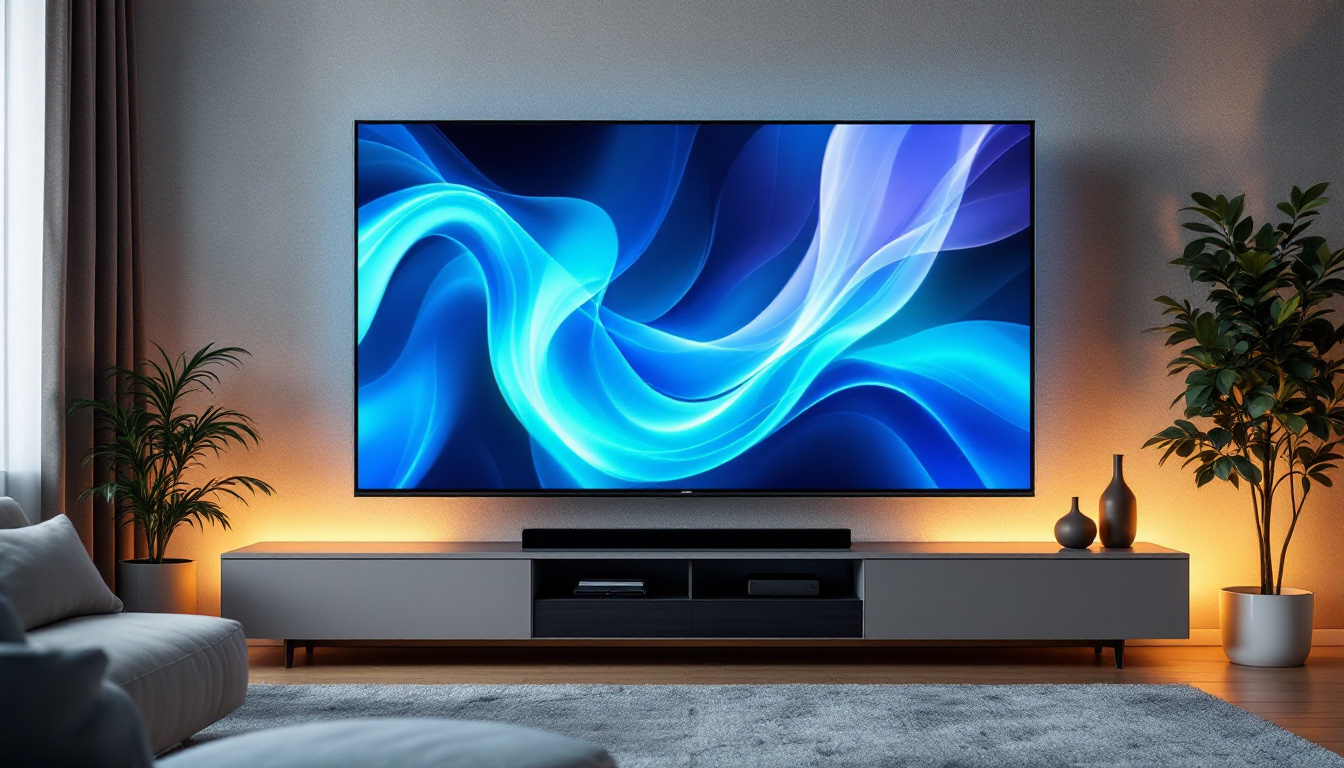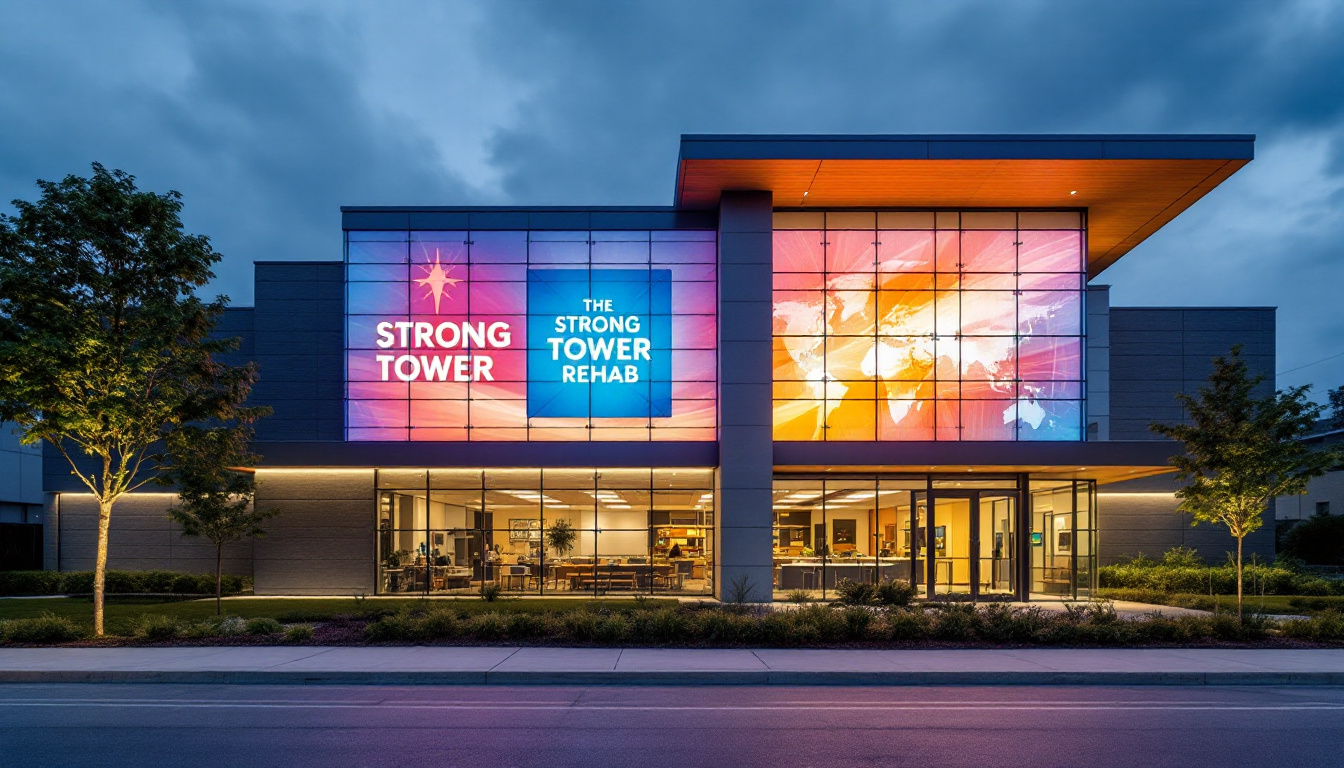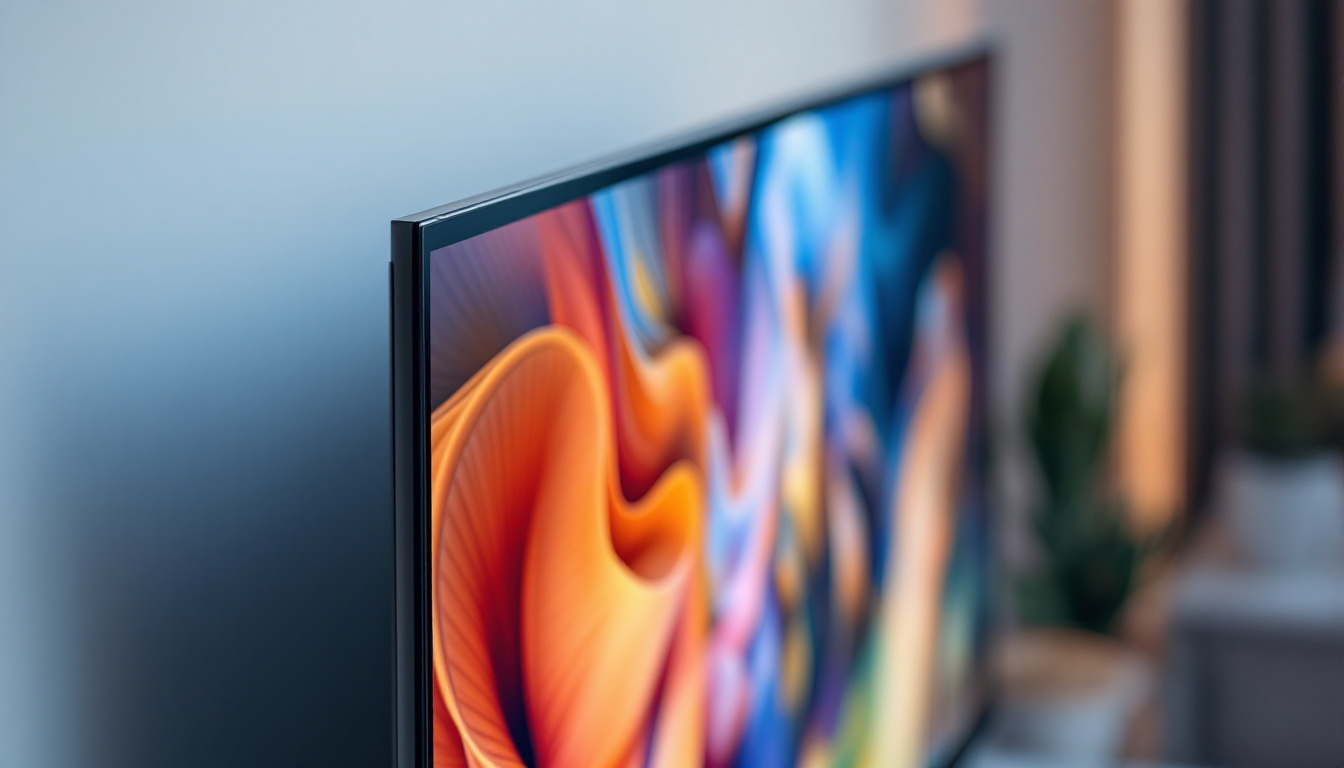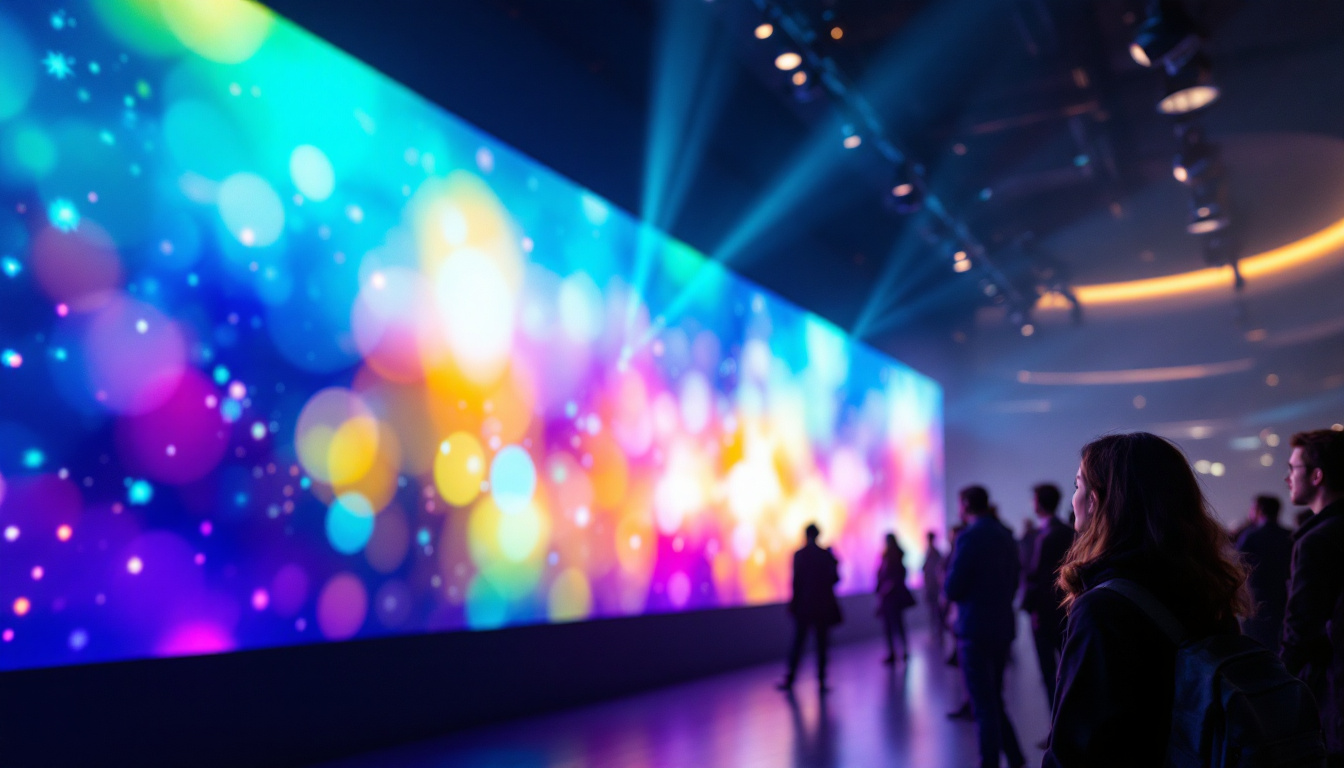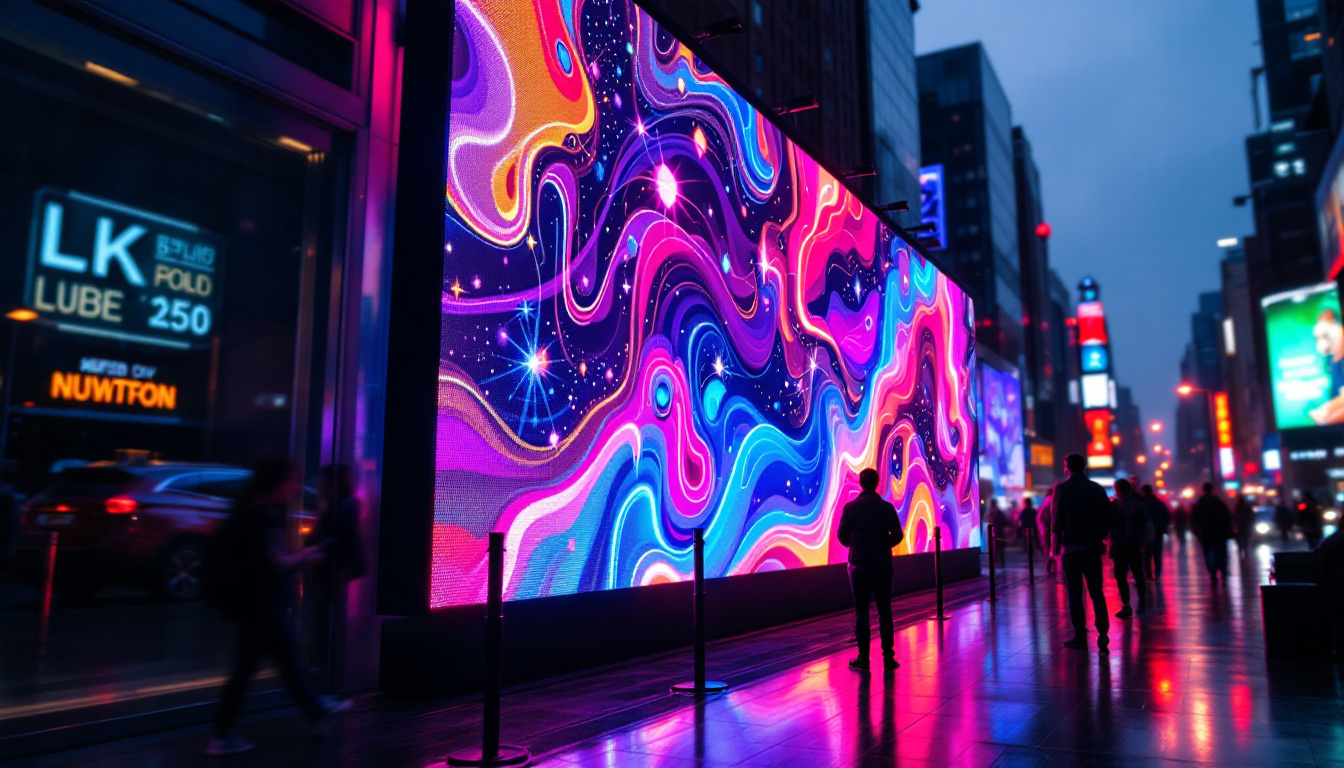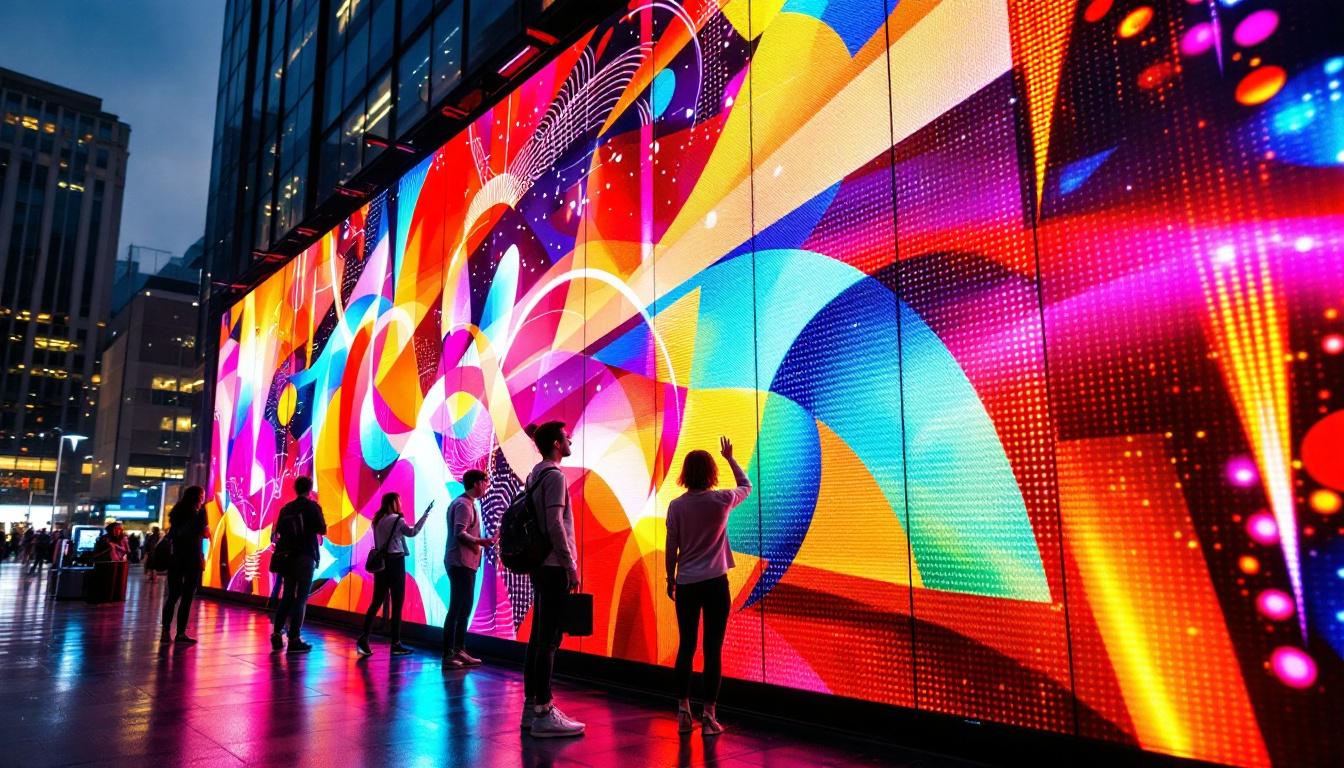In the rapidly evolving world of digital signage and display technology, understanding the nuances of LED displays is essential for businesses, advertisers, and technology enthusiasts alike. One specification that often comes up in discussions about LED screens is the “1.2 mm” pixel pitch. This article delves deep into what a 1.2 mm LED display means, why it matters, and how it fits into the broader landscape of LED technology.
Understanding Pixel Pitch in LED Displays
At the core of any LED display’s visual quality lies the concept of pixel pitch. Pixel pitch refers to the distance between the centers of two adjacent pixels, typically measured in millimeters. For example, a 1.2 mm pixel pitch means that the center-to-center distance between two pixels is 1.2 millimeters.
This seemingly small measurement has a significant impact on the display’s resolution, viewing distance, and overall image clarity. The smaller the pixel pitch, the higher the pixel density, which translates to sharper images and finer detail—especially important for close-up viewing environments.
Why Pixel Pitch Matters
Pixel pitch determines how close a viewer can be to the screen without noticing individual pixels. For instance, a 1.2 mm pixel pitch LED display is designed for environments where viewers are relatively close, such as corporate lobbies, control rooms, broadcast studios, or high-end retail spaces.
Conversely, larger pixel pitches (e.g., 4 mm, 6 mm, or even 10 mm) are better suited for outdoor billboards or stadium screens where viewers are farther away. Choosing the correct pixel pitch ensures an optimal balance between image quality and cost-effectiveness.
Moreover, the choice of pixel pitch can also influence the overall design and aesthetic of a space. In environments like museums or art galleries, where visual impact is paramount, a smaller pixel pitch can enhance the viewer’s experience by providing stunning detail and vibrant colors that draw people in. This is particularly useful for displaying high-resolution images or videos that require a closer inspection, allowing for a more immersive interaction with the content. Additionally, advancements in LED technology have led to the development of ultra-fine pixel pitches, sometimes reaching below 1 mm, which are pushing the boundaries of what is visually possible in display technology.
On the other hand, larger pixel pitches, while less detailed, can still be effective in delivering impactful visuals from a distance. They are often more cost-effective to produce and install, making them a popular choice for large-scale advertising and public announcements. In these scenarios, the focus is on visibility and reach rather than intricate detail, allowing brands to capture attention quickly and effectively. Thus, understanding the implications of pixel pitch not only aids in selecting the right display for specific applications but also plays a crucial role in the strategic planning of visual communications in various industries.
The Technology Behind 1.2 mm LED Displays
Producing an LED display with a 1.2 mm pixel pitch requires advanced manufacturing techniques and high-precision components. The smaller the pixel pitch, the more LEDs are packed into each square meter of the display, which increases complexity and cost.
Miniaturization of LEDs
To achieve a 1.2 mm pixel pitch, manufacturers use ultra-small LED diodes and densely packed circuit boards. These micro LEDs are often surface-mounted with extreme precision to maintain consistent spacing and alignment. This miniaturization allows for extremely high resolutions even on relatively small display sizes. Furthermore, the advancements in LED technology have led to the development of new materials that enhance brightness and energy efficiency, making these tiny diodes not only more powerful but also more sustainable. Innovations such as quantum dot technology are being explored to improve color accuracy and vibrancy, pushing the boundaries of what is possible in display technology.
High-Density Circuit Boards and Control Systems
Alongside the tiny LEDs, the circuit boards must support dense wiring and advanced driver ICs (integrated circuits) to control each pixel accurately. Sophisticated calibration and color correction technologies are also integrated to ensure uniform brightness and color consistency across the entire display. These control systems are often equipped with real-time processing capabilities, allowing for dynamic adjustments based on environmental lighting conditions. Additionally, the integration of smart technology enables features such as remote monitoring and diagnostics, which can significantly reduce maintenance costs and downtime for large installations.
Heat Management and Durability
With more LEDs packed into a smaller area, heat dissipation becomes a critical challenge. Manufacturers incorporate efficient heat sinks, ventilation systems, and thermal conductive materials to prevent overheating, which could degrade performance and lifespan. The design of these displays also takes into account the materials used in their construction, with many opting for robust, lightweight composites that enhance durability while maintaining thermal efficiency. This focus on heat management not only prolongs the life of the display but also ensures that it can operate in a variety of environments, from high-traffic public spaces to outdoor settings where temperature fluctuations are common. Moreover, the resilience of these displays is further enhanced through protective coatings that guard against moisture, dust, and UV exposure, ensuring they maintain their visual integrity over time.
Applications of 1.2 mm LED Displays
The unique characteristics of 1.2 mm pixel pitch LED displays make them ideal for a variety of specialized applications where image clarity and detail are paramount.
Broadcast and Control Rooms
Broadcast studios rely on crystal-clear, high-resolution displays for monitoring live feeds, graphics, and data. A 1.2 mm LED display provides the sharpness needed to discern fine details, enabling operators to make quick, informed decisions.
Similarly, control rooms in industries such as transportation, utilities, and security benefit from the ability to display complex data and high-resolution maps without pixelation or blurring.
Corporate and Retail Environments
In corporate lobbies and boardrooms, 1.2 mm LED displays serve as impressive digital signage solutions that convey brand messaging with stunning visual quality. Retail stores use these displays to showcase products, promotions, and interactive content that attract and engage customers up close.
Medical and Simulation Displays
Medical imaging and simulation require displays capable of rendering intricate visuals with precision. The high pixel density of 1.2 mm LED screens supports detailed anatomical images, surgical planning visuals, and training simulations, enhancing accuracy and effectiveness.
Comparing 1.2 mm LED Displays with Other Pixel Pitches
Choosing the right pixel pitch depends on the intended use case, viewing distance, and budget. Here’s how 1.2 mm compares with other common pixel pitches:
1.2 mm vs. 0.9 mm
While 0.9 mm pixel pitch displays offer even higher resolution, they come at a significantly higher cost and complexity. The difference in visual quality is subtle at typical viewing distances, making 1.2 mm a practical choice for many applications seeking a balance between performance and price.
1.2 mm vs. 2.5 mm and Above
Displays with larger pixel pitches such as 2.5 mm or 4 mm are more affordable and suitable for environments where viewers are farther away. However, these displays lack the fine detail and sharpness of 1.2 mm screens, making them less ideal for close-up viewing.
Cost Considerations
Smaller pixel pitch displays like 1.2 mm require more LEDs and sophisticated electronics, which drive up the price per square meter. Organizations must weigh the benefits of superior image quality against budget constraints and intended application environments.
Installation and Maintenance of 1.2 mm LED Displays
Due to their high density and precision, 1.2 mm LED displays require careful installation and ongoing maintenance to ensure optimal performance.
Installation Challenges
Installing a 1.2 mm LED display demands meticulous alignment and calibration. Any misalignment can cause visible seams or inconsistencies in the image. Professional installation teams use specialized tools and software to achieve seamless panel integration.
Maintenance and Longevity
Regular maintenance includes cleaning, calibration, and inspection of LEDs and driver components. Because these displays are often used in critical environments, manufacturers typically design them for easy module replacement and remote diagnostics to minimize downtime.
Environmental Considerations
While many 1.2 mm LED displays are designed for indoor use, some models are engineered with protective coatings and sealed modules to withstand humidity and dust. Proper environmental controls, such as temperature regulation and humidity management, further extend the lifespan of these displays.
Future Trends in LED Display Technology
The LED display industry continues to innovate, and the 1.2 mm pixel pitch category is no exception. Emerging technologies promise to push the boundaries of resolution, brightness, and energy efficiency even further.
MicroLED and Beyond
MicroLED technology, which uses microscopic LEDs much smaller than traditional ones, is set to revolutionize display quality. While currently expensive, MicroLED promises unmatched brightness, contrast, and lifespan. 1.2 mm pixel pitch displays are already approaching this level of precision and will likely benefit from MicroLED advancements.
Improved Color Accuracy and HDR Support
High Dynamic Range (HDR) capabilities and enhanced color calibration are becoming standard in premium LED displays. This means 1.2 mm LED screens will deliver more vivid colors and better contrast ratios, improving the viewing experience in professional and commercial settings.
Energy Efficiency and Sustainability
As energy costs rise and sustainability becomes a priority, manufacturers are developing LED displays that consume less power without compromising brightness or quality. Advances in driver ICs and power management will make 1.2 mm LED displays more environmentally friendly and cost-effective to operate.
Conclusion
The 1.2 mm pixel pitch LED display represents a sophisticated balance of resolution, image quality, and practical usability. Its fine pixel density makes it ideal for environments requiring close-up viewing and detailed visuals, such as broadcast studios, corporate settings, and medical applications.
While the cost and complexity of 1.2 mm LED displays are higher than those with larger pixel pitches, the benefits in clarity and precision often justify the investment. As LED technology continues to advance, these displays will become even more versatile, efficient, and visually stunning.
Understanding the significance of pixel pitch and the technological intricacies behind 1.2 mm LED displays empowers buyers and users to make informed decisions that align with their specific needs and goals.
Discover LumenMatrix’s Advanced LED Display Solutions
Ready to elevate your visual experience with the precision and clarity of 1.2 mm pixel pitch LED displays? LumenMatrix is at the forefront of LED display innovation, offering a wide range of solutions tailored to meet your specific needs. From captivating Indoor LED Wall Displays to dynamic Outdoor LED Wall Displays, and from versatile Vehicle LED Displays to engaging LED Sports Displays, our portfolio is designed to transform your space and message into an unforgettable visual journey. Embrace the future of digital signage with LumenMatrix and check out our LED Display Solutions today.




